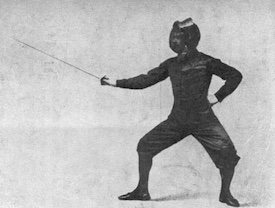Redbook is more than capable of reproducing both amplitude and timing correctly. The redbook standard was created to exceed the range of a human's ability to hear. The differences between a live feed and redbook are going to be inaudible.
The area that standard redbook can't cover is in dimensional sound fields. SACD does sound better than two channel redbook for that. But multichannel sound is a lot more work to do right, so people focus on things that don't matter that are easy instead.
Now - PLEASE - go to a concert hall, set up ANY semi decent microphone(s) setup ultimately giving two channel output - and adjust the direct feed from those mics AND output from any redbook CD standard recorder within 0.1 dB or less, ABX switching done by quality ANALOG switch , sighted or multitple blind - and listen with any decent headphones.
And then ask yourself,
honestly - if you
still can claim the above statement .
( I certainly can hear the difference between the live feed and DSD128 - perceptible as slight loss of "air" around the instruments and voices - let alone the "blanket over everything" imparted by the redbook CD ) .
One area we might eventually agree upon is
dimension in audio. Regardless how one might call it - soundstage, depth, width, height, dimensional fields, etc. It is an area where redbook CD is at the poorest.
No, to do this right, no more than two channels are required - it has been around for ages, it is called binaural ( or artificial head, or Kunskopf, etc ). To be listened on headphones - this IS head-fi after all. Only with the advent of DSD, and DSD128 in particular, there is a recording medium available that does binaural finally justice . There IS a decisive advantage of DSD128 vs DSD64 (SACD) in binaural - redbook CD with binaural is a crude joke in comparison. Higher rez PCMs up to 192/24 are increasingly better than redbook, but simply can not provide the same degree of realism as attained by DSD128.
A good DSD128 binaural recording is capable of fooling a person hearing it for the first time into "conversation" with a person that was there a couple of seconds/minutes ago - producing astonished and at the same time amazed faces upon discovery that the "conversation partner" has left the room and the recording was so realistic to fool even - spouses .
Not gonna happen with redbook CD...





















